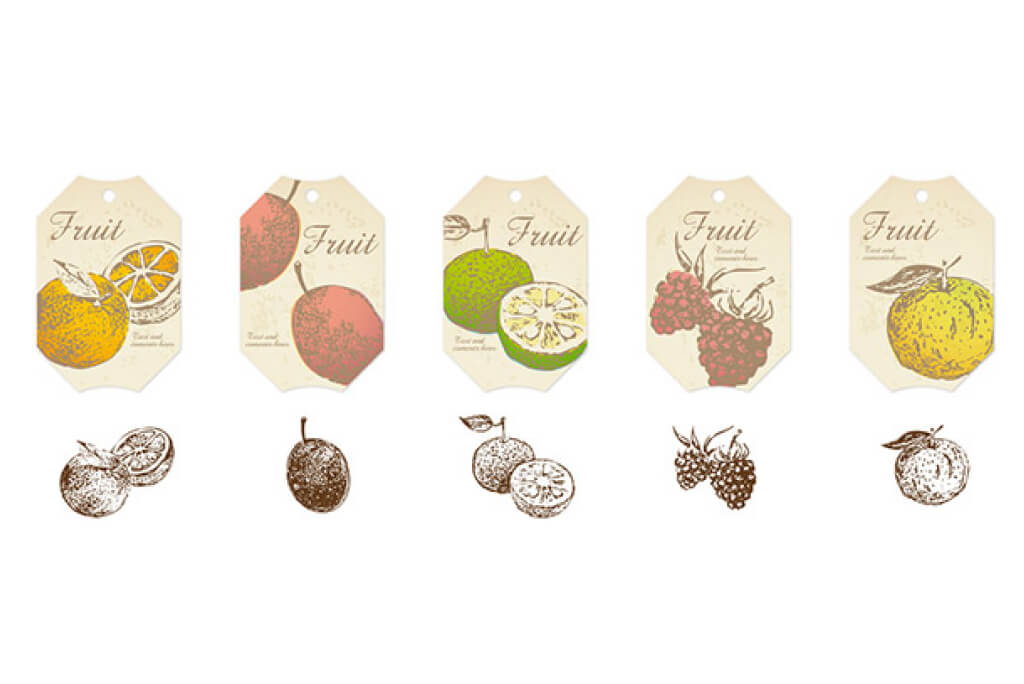When you start to work on the Magento ® platform it is necessary to know how to perform the simplest settings and change standard system parameters.
Category output in Magento ® is the main skill that the store owner or an administrator must have.
How Category Output Works
In order to output categories you need to go to the admin panel, then to Catalog – Manage Categories, where the main category settings are performed.
Before starting to create a new category you need to know some peculiarities of these actions in Magento ®. There are several product levels in this system:
1. Default (Root);
2. Subcategory;
3. Root category.
In the first case, these are main product categories. They are also called ‘Root’ and all other categories are created inside them and will be treated as ‘subcategories’ of the root categories. But, if you have several stores configured in Magento ® you can set different sets of categories for them. In this case, you use Root category. Subcategory, in its turn, is a subcategory with specific functions and product items.
Each category has its own unique set of properties and options which are also called category attributes. They are:
1. Name – a name of a specific category;
2. Is Active stands for the category status – active or not;
3. URL key is the internet address (URL);
4. Thumbnail Image is a category preview, a small image which may display the category content, for example;
5. Description a category description that may be indexed by search engines if corresponding settings are configured;
6. Image is an image that is displayed on a specific category page;
7. Page Title is a category title which is displayed in a browser address bar;
8. Meta Keywords are main keywords specified for this category, they are also indexed by search engines if configured properly;
9. Meta Description is category meta-tags, short description for the search engines;
10. Include in Navigation Menu — this option is responsible for whether or not the category will be displayed in the top menu when ‘Flat category’ setting is enabled.
There is also a tab called “Display Settings” on the category configuration page. You should pay special attention to it. You can perform the following settings there:
1. Display Mode — how to display the category (e.g. show only products, products and a specific block, or a specific block only);
2. CMS Block — if you have chosen products and a block in the previous option of category display, then here you need to set which exact block will be displayed there;
3. Is Anchor — this option enables the output of specific subcategory products on the category page;
4. Available Product Listing Sort By — sort in the listing;
5. Default Product Listing Sort By — default sort;
6. Layered Navigation Price Step — here you can configure products navigation by price.
There is another block of category configurations, it is called Custom Design. It is a category type that will be visible to customers. We strongly recommend to change these settings in this block only if you have some programming and design experience. Otherwise, it would be better to consult with GoMage development.
1. Use Parent Category Settings — this option helps to configure the output of a subcategory design in the same way as it is set for the parent category;
2. Apply To Products — it means that the products will use the same GoMage themes for Magento ® as the category page;
3. Custom Design — here you can select the templates for a specific category, e.g. setup different themes for phones, apparel or food categories;
4. Active From — selected design will be active starting from a certain date;
5. Active To — selected design will be active until a certain date;
6. Custom Design is a perfect function for configuration of holiday sales without using specific extensions for Magento ®;
7. Page Layout is a pages design configuration;
8. Custom Layout Update — updating or addition of blocks using XML code.
In Category Products, you can select which products will be assigned to your category. It is very important to select the products very carefully in order not to mislead customers. At the same time, each product can be assigned to several categories (depending on its properties).
There are two ways to create category output – through the admin panel or using special Magento ® API. The latter variant does not always save all settings correctly and you will have to check and correct them through the admin panel. Please note that this review of category attributes is valid for Magento ® Community but Magento ® Enterprise has a wider range of attributes.




